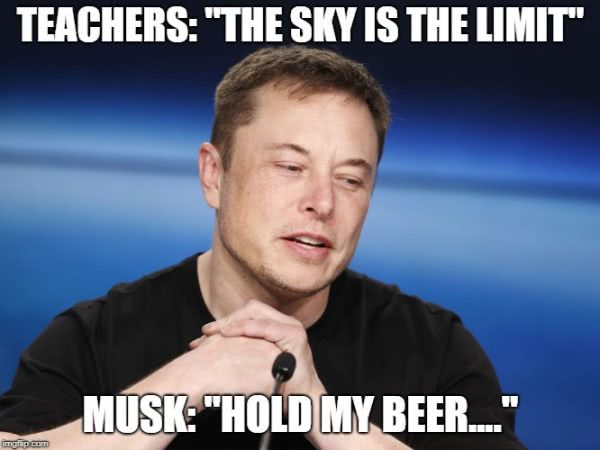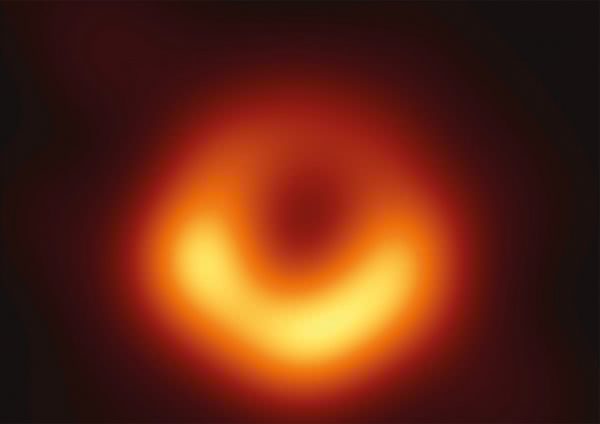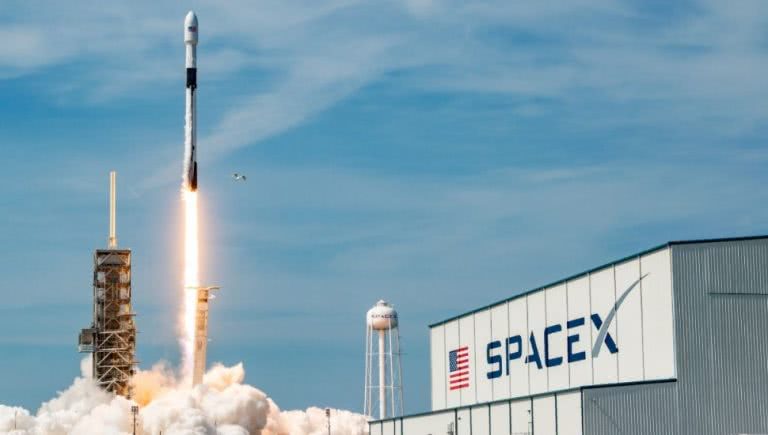When Soundgarden fans started a petition to name the black hole after Chris Cornell, we thought scientific history couldn’t get more cool.

Now, as reported by TechCrunch, Elon Musk’s Space Exploration Technologies (SpaceX), has been contracted by NASA for a mission that kicks off April 2021 and will cost US$50.3 million.
Taking off from LC-39A at Kennedy Space Center in Florida, the mission will see SpaceX launch a flight-proven Falcon 9, which will hold its Imaging X-ray Polarimetry Explorer, or IXPE.
The IXPE was created to examine and take images of polarised light from neutron stars, pulsar wind nebulae and supermassive black holes.
SpaceX hopes to study magnetars (which sound like a new kind of Pokemon but are really a specific type of neutron star with especially powerful magnetic fields), as well as black holes and supernova remains called ‘Pulsar Wind Nebulae’.
Love Music?
Get your daily dose of metal, rock, indie, pop, and everything else in between.
SpaceX President and COO Gwynne Shotwell said:
“SpaceX is honored that NASA continues to place its trust in our proven launch vehicles to deliver important science payloads to orbit. IXPE will serve as SpaceX’s sixth contracted mission under NASA’s LSP, two of which were successfully launched in 2016 and 2018, increasing the agency’s scientific observational capabilities.”
The announcement follows the release of the first images of a black hole in April. They were unveiled by astronomers in a landmark discovery of the supermassive black hole at the centre of the Messier 87 galaxy, in the Virgo galaxy cluster.
The black hole is located 55 million light-years from Earth, and has a mass 6.5 billion times that of the Sun… Which explains why the pics look like this:

It’s worth mentioning here that in 2008, Elon Musk wrote an op-ed for Esquire where he noted that he believed a black hole would destroy Earth.
“An asteroid or a supervolcano could certainly destroy us, but we also face risks the dinosaurs never saw: An engineered virus, nuclear war, inadvertent creation of a micro black hole, or some as-yet-unknown technology could spell the end of us. Sooner or later, we must expand life beyond our little blue mud ball–or go extinct.”

































